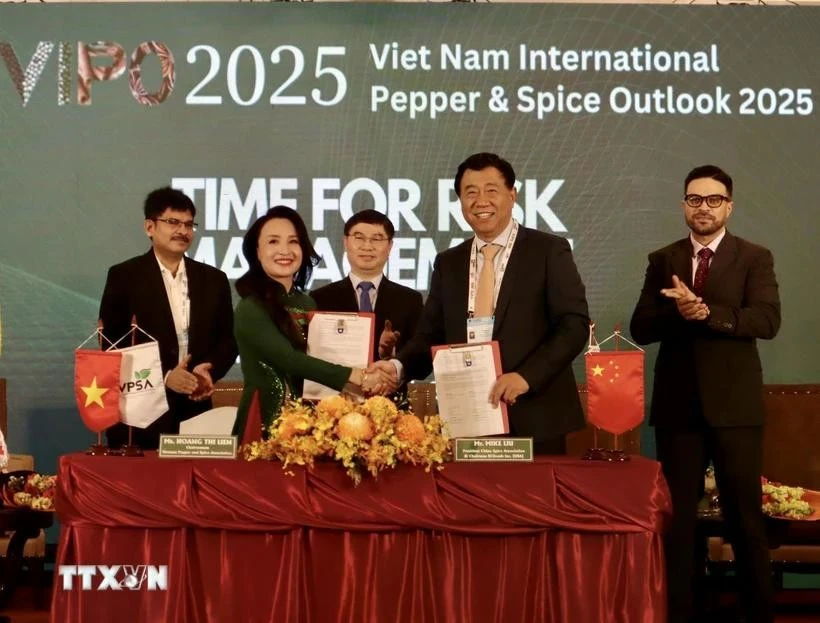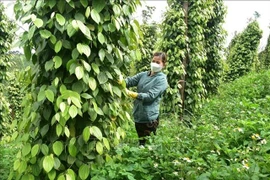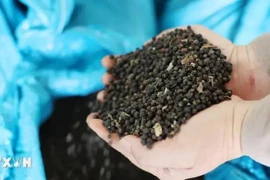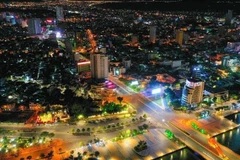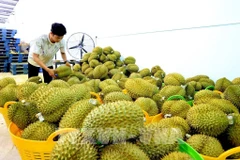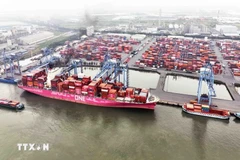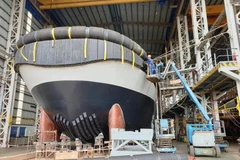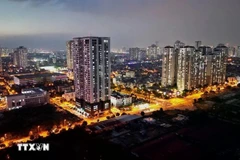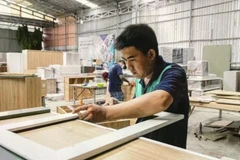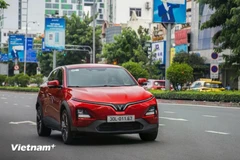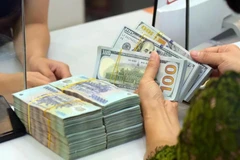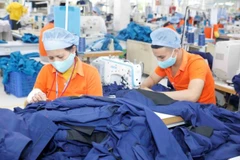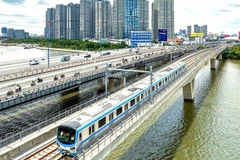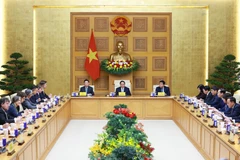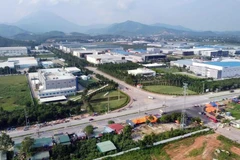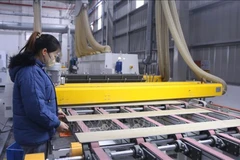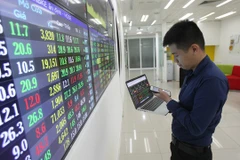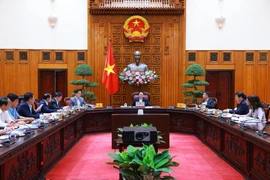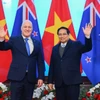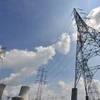HCM City (VNA) – The Vietnam International Pepper and Spice Outlook 2025 (VIPO 2025) opened in Ho Chi Minh City on March 3, attracting more than 300 participants.
During the three-day event, held by the Vietnam Pepper and Spice Association (VPSA), experts, domestic and international producers and exporters, farmers, and representatives from localities will discuss ways to boost the industry’s development. Notably, up to 40% of the participants are buyers, which is expected to bring a vibrant and fruitful trading opportunity for Vietnamese pepper and spice businesses.

Deputy Director of Cultivation and Plan Protection Department under the Ministry of Agriculture and Environment Nguyen Quy Duong said that by the end of 2024, Vietnam had about 110,500 ha of pepper with an average yield of 26 quintals per ha, twice the global average, and an output of around 200,000 tonnes.
Last year, Vietnam’s pepper export turnover reached 1.32 billion USD. Although the pepper growing area is much smaller than other major crops such as coffee, rubber, tea, and cashew, the pepper industry brings a high economic value, Duong said.
The official added that Vietnam also produces and exports many other spices, with nearly 200,00 ha of cinnamon trees, accounting for nearly 20% of the world's cinnamon area; and 55,000 ha of star anise, ranking second worldwide after China.
Duong said spice exports still have a huge ample to grow, especially in the context of the world's demand for natural and organic spices growing strongly, opening up many opportunities for Vietnamese enterprises to develop sustainably with the ability to create higher domestic added values. However, Vietnam is also facing a host of challenges including climate change, stricter requirements of the international market, increasing prices of input materials, and higher transportation costs.
VPSA President Hoang Thi Lien said that Vietnam’s pepper and spice industry has affirmed its important position in international markets, adding the industry's supply chain needs a solid risk management strategy to minimise losses./.
